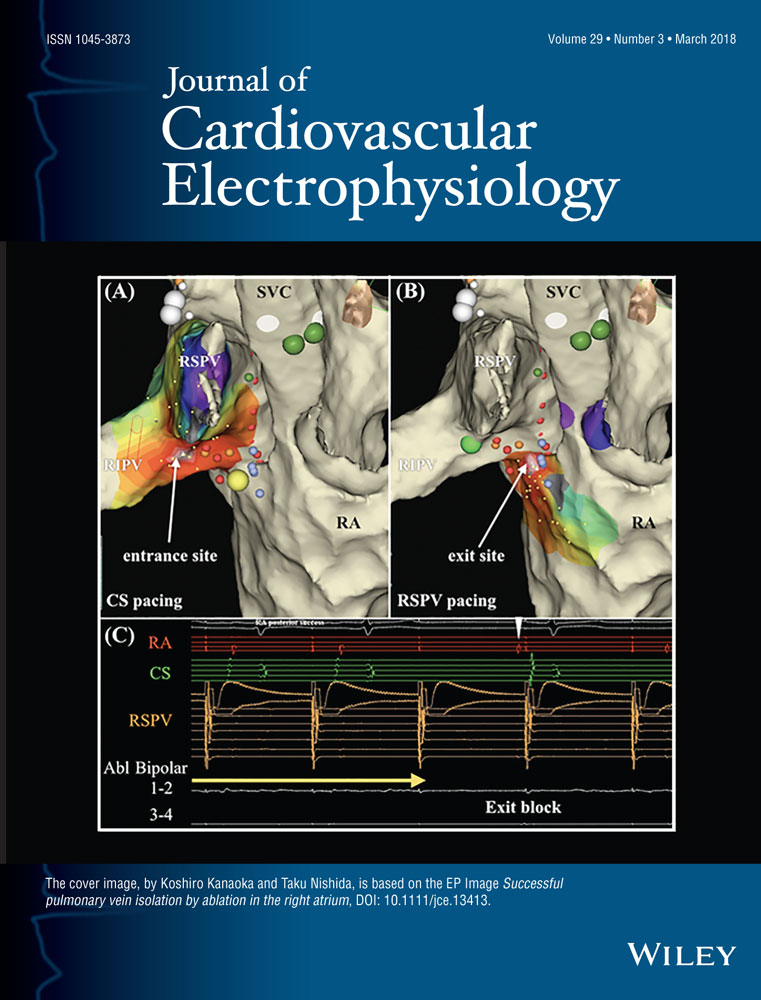REduction of THRomboembolic EVents during Ablation using the laserballoon: The RETHREVA registry
Disclosures: None.
Abstract
Introduction
Cerebral events (CEs), including silent (SCEs), are a known complication of left atrial catheter ablation (LACA) in patients with atrial fibrillation. The aim of this prospective registry was to gain more information about CEs during laserballoon LACA and to reduce the risk of their occurrence.
Methods and results
We enrolled 74 patients (age 61 ± 11 years; 74% male; CHA2DS2-VASc 1.9 ± 1.4).
Cerebral MRI (1.5 Tesla) was performed to detect CEs. ASPItest identified aspirin-resistant patients (ARPs). All bleeding complications were recorded.
Due to an initial high CE rate, we evolved our clinical procedure step-by-step arriving at an optimized protocol:
- – Group 1: heparin after single transseptal puncture (TP), activated clotting time (ACT) > 300 seconds (CE: 64.3%).
- – Group 2: heparin after double TP, ACT > 300 seconds; 2a without (CE: 45.5%, RRR: −29.2%) and 2b with additional intravenous aspirin (CE: 36.4%, RRR: −43.4%; excluding ARP: 30%, RRR: −53.3%).
- – Group 3: heparin before double TP, ACT > 350 seconds; 3a without (CE: 54.5%, RRR: −15.2%) and 3b with aspirin (CE: 18.5%, RRR: −71.2%; excluding ARP: 8.7%, RRR: −86.5%).
Larger LA diameter > 44 mm (OR: 1.149, P = 0.005) and no aspirin use (OR: 4.308, P = 0.008) were CE risk factors in multivariate logistic regression. In those patients receiving aspirin, aspirin resistance (OR: 22.4, P = 0.011) was an exceptionally strong risk factor.
Conclusion
These data support the use of intravenous aspirin including monitoring of aspirin resistance in addition to ACT-guided heparin. An optimized protocol of heparin before TP, double TP, and intravenous aspirin in non-ARP resulted in a significantly lowered CE incidence and severity.




